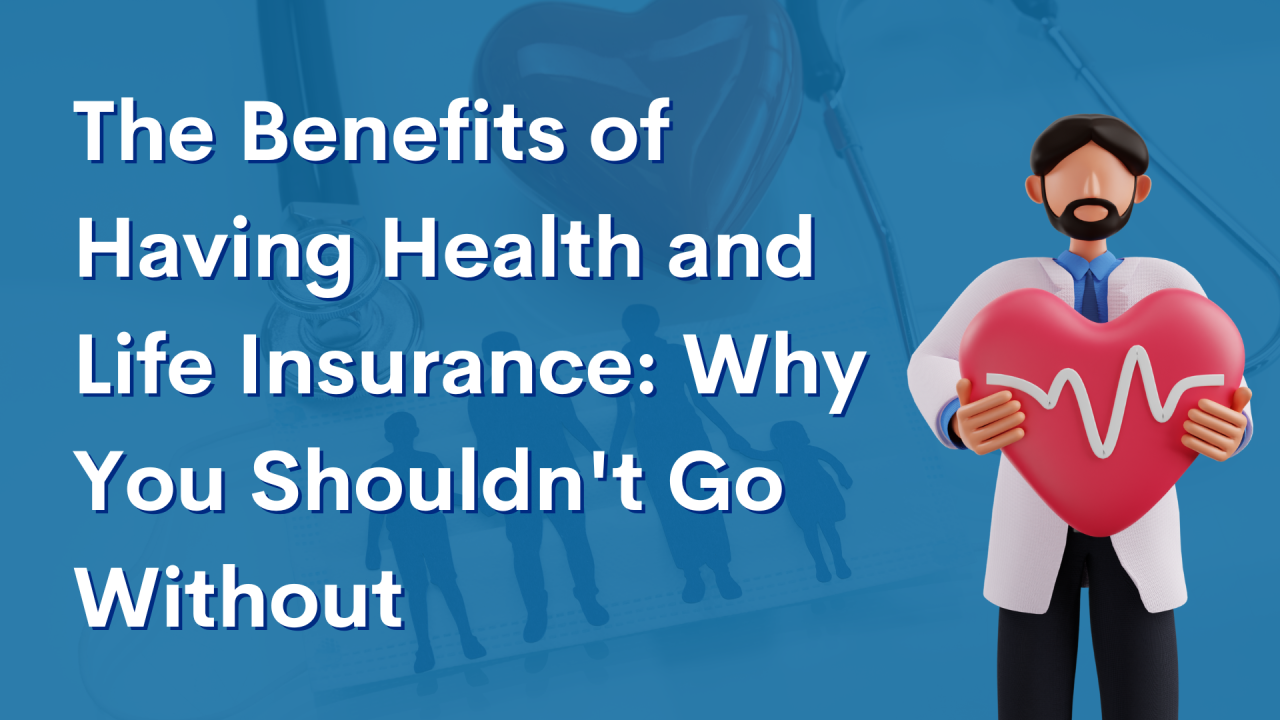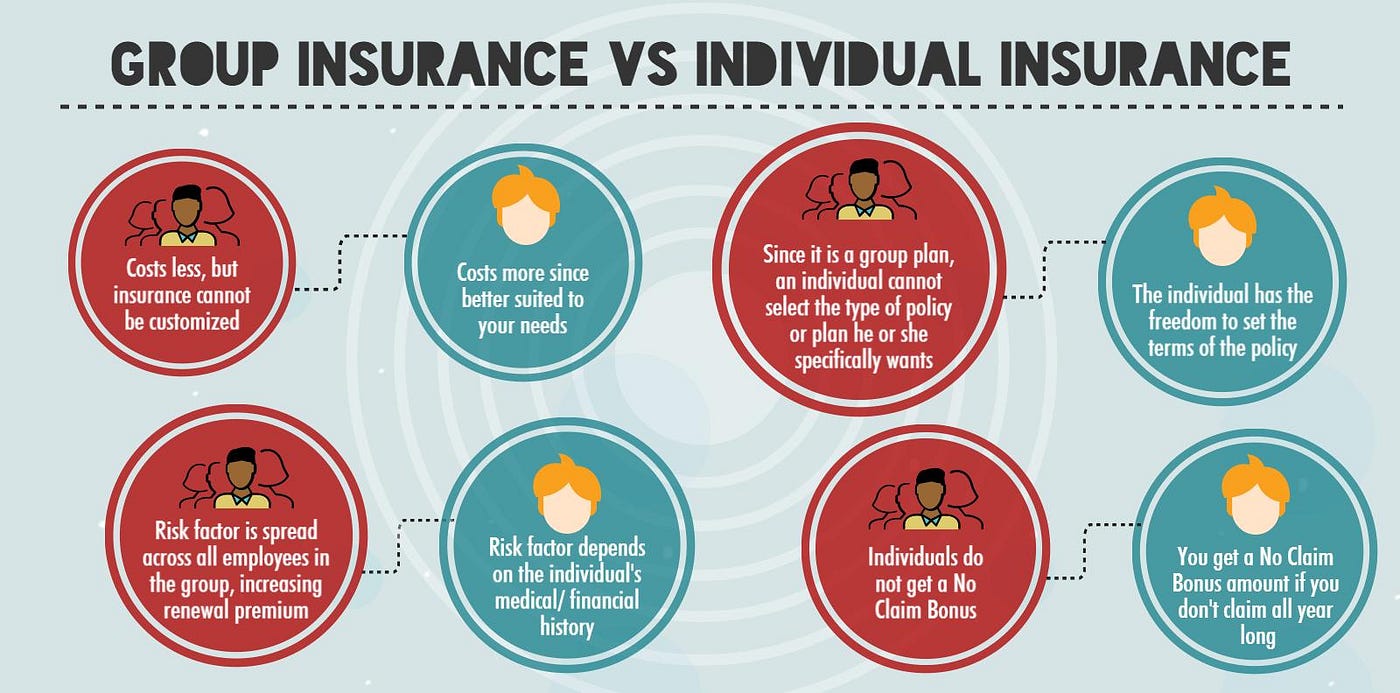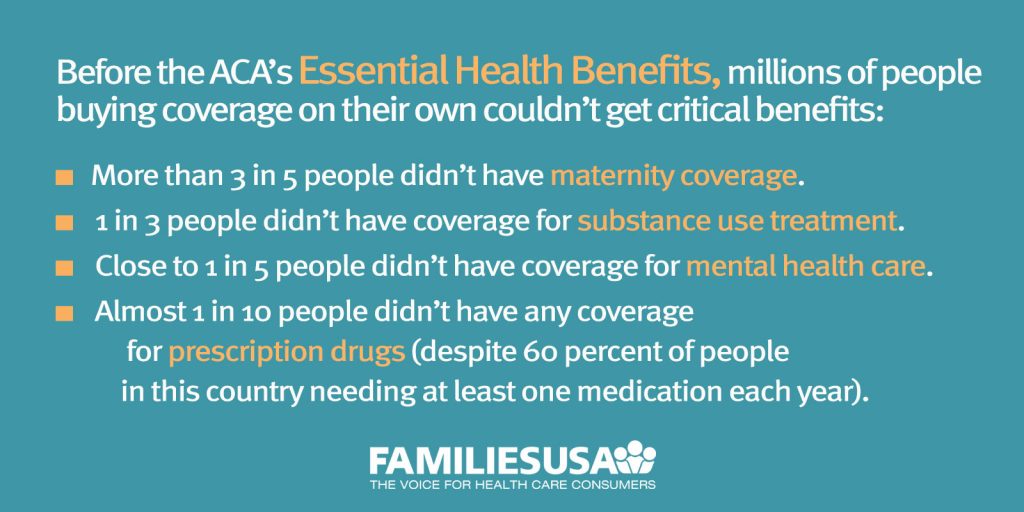10 Easy Facts About Medicare Advantage Agent Shown
10 Easy Facts About Medicare Advantage Agent Shown
Blog Article
Medicare Advantage Agent Can Be Fun For Anyone
Table of ContentsHow Medicare Advantage Agent can Save You Time, Stress, and Money.The 7-Second Trick For Medicare Advantage AgentThe Greatest Guide To Medicare Advantage Agent

adheres to from perplexing the relatively young age account of the without insurance with the far better health, on average, of more youthful individuals. This obscures the link in between health and wellness condition and medical insurance. For those without accessibility to workplace medical insurance, bad health and wellness is a prospective obstacle to purchasing nongroup coverage since such protection might be extremely valued, leave out preexisting conditions, or be simply inaccessible. The variety of uninsured Americans is not specifically large and has not changed in recent times. Seven out of 10 participants in a nationally depictive survey thought that less Americans lacked health and wellness insurance than in fact do(Fronstin, 1998). Approximately half(47 percent )thought that the variety of individuals without medical insurance decreased or continued to be continuous over the latter fifty percent of the last years(Blendon et al., 1999). This drop of practically 2 million in the number of people 'without insurance (a decrease
of around 4 percent)is certainly a favorable modification. With a softer economic climate in 2000 the current reported gains in insurance policy coverage may not proceed(Fronstin, 2001 ). The decrease in the variety of uninsured will not continue if the economic situation continues to be sluggish and health and wellness care expenses continue to surpass inflation. This is because the information were gathered for a period of solid financial performance. Of the approximated 42 million individuals that were uninsured, just about concerning 420,000(regarding 1 percent)were under 65 years of age, the age at which most Americans become eligible for Medicare; 32 million were adults in between ages 18 and 65, around 19 percent of all adults in this age; and 10 million were kids under 18 years old, concerning 13.9 percent of all youngsters (Mills, 2000). These quotes of the number of individuals uninsured are generated from the annual March Supplement to the Current Populace Survey (CPS), performed by the Census Bureau. Unless or else kept in mind, national quotes of individuals without health insurance coverage and percentages of the populace with different sort of protection are based upon the CPS, the most extensively utilized resource of estimates of insurance policy coverage and uninsurance rates. These surveys and the quotes they yield are defined briefly in Table B. 1 in Appendix B - Medicare Advantage Agent. These studies vary in size and sampling approaches, the questions that are inquired about insurance policy
Rumored Buzz on Medicare Advantage Agent
insurance coverage, and the moment duration over which insurance coverage or uninsurance is gauged(Lewis et al., 1998, Fronstin, 2000a ). Still, the CPS is particularly beneficial because it produces yearly price quotes reasonably rapidly, reporting the previous year's insurance policy protection approximates each September, and since it is the basis for a regular collection of quotes for more than twenty years, enabling evaluation of trends in insurance coverage gradually.

Some Known Incorrect Statements About Medicare Advantage Agent
Over a three-year period starting early in 1993, 72 million people, 29 percent of the U.S. populace, were without protection for a minimum of one month. Within a single year(1994), 53 million individuals experienced a minimum of a month without coverage(Bennefield, 1998a). Six out of every ten without insurance adults are themselves used. Although functioning does boost the possibility that a person and one's member of the family will certainly have insurance coverage, it is not a guarantee. Also participants of family members with 2 full-time breadwinner have nearly a one-in-ten opportunity of being uninsured (9.1 percent uninsured price)(Hoffman and Pohl, 2000 ). The partnership between wellness insurance coverage and accessibility to care is well established, as recorded later on in this phase. Although the connection in between medical insurance and health results is neither straight nor straightforward, an extensive medical and health and wellness solutions research study literature web my sources links health insurance protection
to improved accessibility to care, far better high quality, and improved personal and population wellness condition. For instance, the second report, on personal health outcomes for uninsured grownups, is stood for by the innermost circle of the number, while the 3rd report, on family members well-being, incorporates the topics of the 2nd report yet emphasizes a different device of evaluation, specifically, the household. The sixth record in the collection will present details about methods and initiatives taken on locally, statewide, or country wide to deal with the lack of insurance coverage and its adverse impacts. Degrees of evaluation for analyzing the results of uninsurance. This discussion of wellness insurance policy coverage focuses mostly on the U.S. population under age 65 due to the fact that virtually all Americans 65 and older have Medicare or other public insurance coverage.
Furthermore, it concentrates specifically on those with no wellness insurance policy for any kind of size of time. The troubles faced by the underinsured remain in some aspects comparable to those faced by the uninsured, although they are normally much less extreme. Uninsurance and underinsurance, nevertheless, involve clearly different policy issues, and the techniques for resolving them may differ. Throughout this research and the 5 reports to comply with, the major focus gets on individuals without any medical insurance and thus no help in paying for health and wellness care past what is readily available with charity and safeguard institutions. Medical insurance is a powerful aspect affecting receipt of care because both clients and physicians respond to the out-of-pocket price of services. Medical insurance, nonetheless, is neither necessary neither adequate to access to medical services. The independent and direct impact of wellness
insurance insurance policy on access accessibility health services is well establishedDeveloped Others will acquire the wellness care they need even without medical insurance, by paying for it expense or seeking it from carriers that supply treatment complimentary or at extremely subsidized prices. For still others, wellness insurance policy alone does not guarantee receipt of care due to the fact that of other nonfinancial barriers, such as a lack of healthcare service providers in their neighborhood, restricted access to transportation, illiteracy, or linguistic and social differences. Formal study about without insurance populations in the United States dates to the late this post 1920s and early 1930s when the Board on the Cost of Healthcare produced a collection of reports concerning financing doctor office brows through and hospital stays. This issue ended up being significant as the numbers of clinically indigent climbed up throughout the Great Anxiety. Empirical researches regularly sustain the link between accessibility to care and boosted wellness outcomes(Bindman et al., 1995; Starfield, 1995 ). Having a regular resource of treatment can be taken into consideration a forecaster of gain access to, rather than a straight procedure of it, when health results are themselves utilized as accessibility indications. This extension of the concept of gain access to measurement was made by the IOM Committee on Monitoring Accessibility to Personal Healthcare Services(Millman, 1993, p. Whether moms and dads are guaranteed shows up to influence whether or not their youngsters obtain care in addition to exactly how much careeven if the kids themselves have protection(Hanson, 1998). The health of moms and dads can affect their capability to look after their children and the level of family members stress and anxiety. Fretting regarding their kids's access to care is itself a source of anxiety for parents. Three chapters follow in this report. Chapter 2 offers a summary of exactly how employment-based medical insurance, public programs and individual insurance coverage run and communicate to offer considerable however incomplete insurance coverage of the U.S. population. This includes a testimonial of historical patterns and public laws influencing both public try this out and personal insurance, a discussion of the interactions amongst the various kinds of insurance coverage, and an assessment of why people move from one program to another or wind up

Report this page